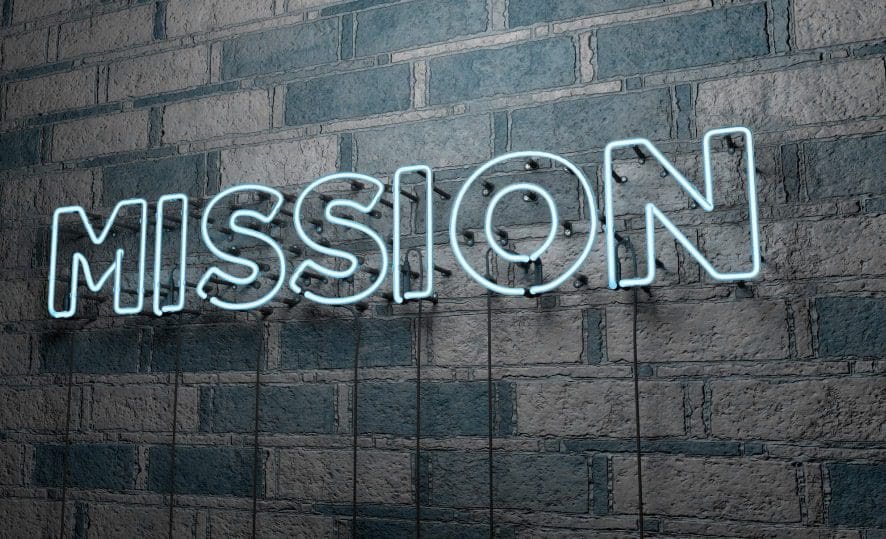When Will the EPA Adequately Clean Up Its Mess?
This article was featured in our weekly newsletter, the Liberator Online. To receive it in your inbox, sign up here.
On Sept. 2, the Environmental Protection Agency officials released new data that indicates that surface water concentrations from the Animas River are returning back to normal.
Samples collected on Aug. 16 and 17 “have been validated,” the agency said.
 The EPA review of the data included a comparison to screening levels for exposure during recreational river use to see if the metal concentrations in the water are consistent with levels prior to the disastrous 3 million-gallon spill that contaminated the river in early August.
The EPA review of the data included a comparison to screening levels for exposure during recreational river use to see if the metal concentrations in the water are consistent with levels prior to the disastrous 3 million-gallon spill that contaminated the river in early August.
“Based on the results of the surface water samples in the Animas River, surface water concentrations are trending toward pre-event conditions,” the EPA said.
However, experts say that metals lining the riverbed could continue to cause long-term effects for agriculture, aquatic life and the health of those along the Animas River.
“The long-term effects are the concern that every time we have some sort of a high-water event, whether a good rain in the mountains or spring runoff next year, that’s going to stir up sediments and remobilize those contaminants that are sitting at the bottom of the river right now,” said Ty Churchwell, Colorado backcountry coordinator for Trout Unlimited.
Experts stress that the current disaster will severely damage the Animas’ fish population – one that has been diminished by heavy metals and sedimentation for years. The river has seen an almost 80 percent decline since 2000 in the fish biomass – the weight of all the trout collected in a certain area, said Jim White an aquatic biologist for Colorado Parks and Wildlife.
Navajo Nation leadership also voiced fears of long-term impact as the contaminants from the Animas flowed into for 215 miles through Navajo land.
On Aug. 5, a team of workers contracted by the EPA spilled 3 million gallons of orange-colored waste from the Gold King Mine into the Animas River in Colorado. The pollutants flowed into New Mexico where it merged into the San Juan River, a critical source of water for Navajo communities.
Navajo Nation Office of the President and Vice President released a statement to the public in regards to FEMA and the EPA’s refusal for assistance in cleaning up the toxic water in the San Juan River:
“We are extremely frustrated with the news that both FEMA and the U.S. EPA have declined our urgent requests to continue assistance to the Navajo Nation. U.S. EPA caused this entire disaster, they have harmed the people, the water and the land. I appreciated the fact U.S. EPA took responsibility and I was hoping for the U.S. EPA to prove to the Navajo Nation they are willing to hold themselves accountable. This action clearly shows otherwise. For years, we have consistently been at the receiving end of toxic spills and contamination with no adequate relief as the United States Government and Private Companies became wealthy off of the natural resources of the Navajo Nation.
The EPA doesn’t seem to want to help the people that will be affected by their government intervention for the long-term. If these communities aren’t given adequate help in the wake of this environmental disaster, there could be thousands of people that suffer for years to come.

























